T-ring adapters let you transform your existing camera into an astrophotography powerhouse without buying expensive specialized equipment. You'll save money while gaining the ability to capture stunning celestial images through telescopes, thanks to their universal compatibility with major camera brands like Canon, Nikon, and Sony. The simple plug-and-play design means you won't waste time with complex setups or tools. There's much more to discover about these budget-friendly gateway tools to the cosmos.
Cost-Effective Entry Into Astrophotography
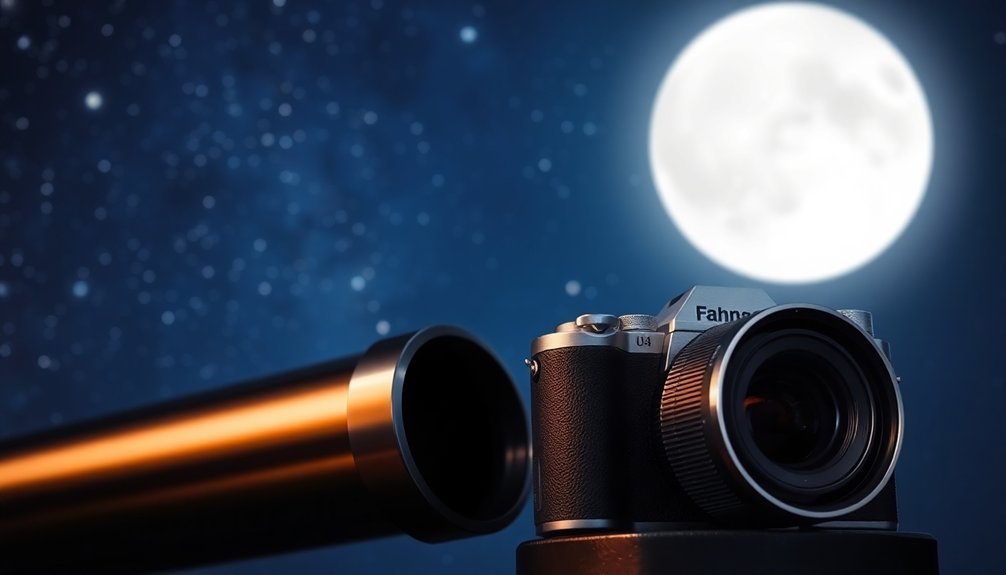
When you're looking to start astrophotography without breaking the bank, T-Ring adapters offer an accessible entry point by letting you use your existing camera equipment. Instead of investing in expensive specialized astronomy cameras, you can connect your DSLR or mirrorless camera directly to various telescopes and accessories.
You'll find these adapters particularly valuable because they work with both terrestrial and celestial photography, maximizing their utility beyond stargazing. The standard M42x0.75 thread size ensures broad compatibility across different equipment combinations. This versatility means you won't need to purchase costly integrated systems designed specifically for astrophotography.
The ability to use your current camera also means you're already familiar with its controls and features, reducing the learning curve. By choosing T-Ring adapters, you're making a smart financial decision that opens up numerous photography possibilities while keeping initial costs manageable.
Universal Compatibility With Camera Brands
You'll find T-Ring adapters are remarkably versatile, offering compatibility with virtually all major camera brands including Canon, Nikon, Sony, and Fujifilm.
With T-Rings starting at just $15.95, these affordable adapters make astrophotography accessible to photographers on any budget.
The standardized design lets you easily mount your DSLR or mirrorless camera to telescopes using brand-specific T-Rings that match your camera's mount system.
These adapters use universal threading standards, typically M42x0.75 or M48x0.75, ensuring you can mix and match components from different manufacturers while maintaining secure connections for your astrophotography setup.
Major Camera Brands Supported
T-ring adapters offer broad compatibility across major camera manufacturers, supporting popular brands like Canon, Nikon, Fujifilm, Sony, and Pentax.
You'll find specific T-rings designed for each camera's unique mount system, ensuring a secure connection between your camera and telescope. The affordable $15.95 price point makes these essential adapters accessible to most astrophotography enthusiasts.
These brand-specific adapters are essential because:
- Canon EOS cameras connect via their distinctive bayonet mount, making them ideal for various astrophotography setups.
- Nikon's SLR and DSLR bodies benefit from dedicated T-rings that match their F-mount system.
- Fujifilm and Sony cameras require their own T-ring variants due to their proprietary mounting mechanisms.
- Pentax users can integrate their cameras with telescopes using specially designed T-rings.
While each brand needs its specific adapter, they all share standard telescope-side threading, typically M42x0.75, for universal accessory compatibility.
Cross-Brand Mounting Solutions
Although camera brands use different mounting systems, universal T-ring adapters provide seamless cross-brand compatibility through standardized thread designs.
You'll find that T-rings are specifically designed to match your camera's mount type, whether it's Canon EOS, Nikon F, or Z mount.
The key to this versatility lies in standardized threads like M42 and M48, which create consistent connections between your camera and telescope accessories.
Priced at just $34.95, adapters like the Fotodiox M48 T-adapter offer excellent value while maintaining professional quality.
With conversion adapters, you can easily switch between different thread sizes to accommodate various equipment.
You won't need brand-specific gear, as T-adapters work with multiple telescope types, from Schmidt-Cassegrain to refractors.
This universal approach means you can mix and match components while keeping costs down, making it easier to experiment with different astrophotography setups without buying new equipment for each configuration.
Simple Setup and Quick Learning Process
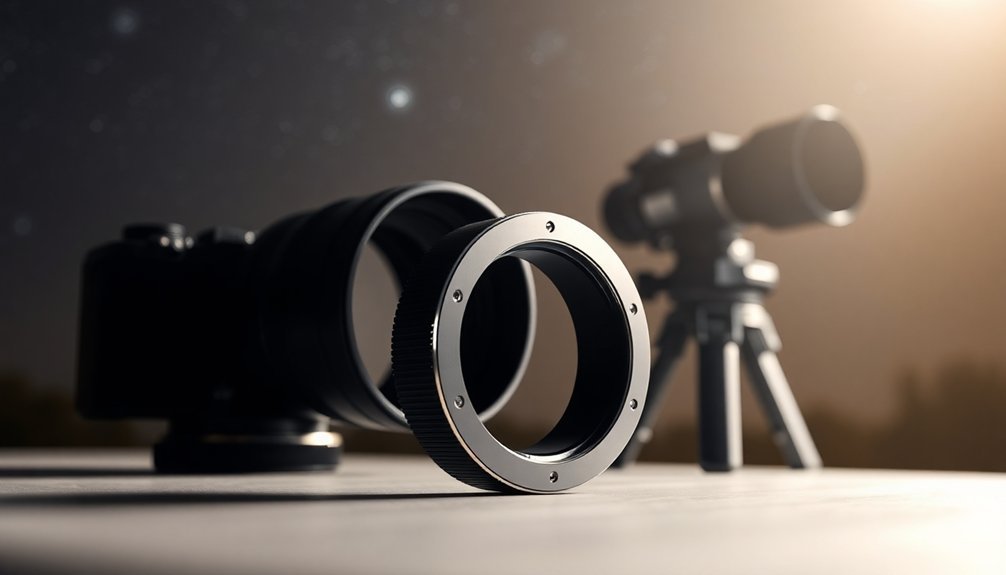
When first venturing into astrophotography, the straightforward nature of T-ring adapters makes them an ideal starting point for beginners. You'll find these adapters are designed to work seamlessly with your existing camera equipment, clicking into place just like a standard lens on your DSLR body. Using a T-ring adapter with your color DSLR camera is perfect for getting started with deep-sky imaging.
The learning process is remarkably quick, with four key advantages:
Learning to master new gear becomes surprisingly manageable when clear benefits light the way forward.
- Compatible with most popular camera brands through specific T-rings
- Direct connection to 1.25" or 2" telescope barrel adapters
- Standard thread sizes (like M42x0.75) that fit common accessories
- Step-by-step instructions widely available online
You won't need extensive technical knowledge to get started, and you can focus on prime photography right away.
As your skills grow, this flexible system allows you to add more advanced accessories without replacing your basic setup.
Versatile Applications in Sky Photography
Through its remarkable adaptability, the T-ring system opens up a world of astronomical imaging possibilities for budget-conscious photographers.
You'll find these adapters designed to fit specific camera brands while offering standardized threads that connect seamlessly with various telescopes and accessories.
You can enhance your imaging capabilities by pairing T-rings with focal reducers and field flatteners, improving your shots of celestial objects.
Whether you're using a DSLR or mirrorless camera, you'll appreciate how T-rings enable prime focus imaging, letting your telescope serve as the camera's lens for detailed captures of deep-sky objects. Using T-rings with second-hand Canon DSLRs provides an affordable entry point into astrophotography.
The system works effectively under different sky conditions and supports multiple photography styles, from planetary to wide-field imaging.
Combined with tracking mounts, you'll achieve stable, high-quality results while maintaining budget-friendly flexibility in your astrophotography setup.
Long-Term Value and Equipment Integration
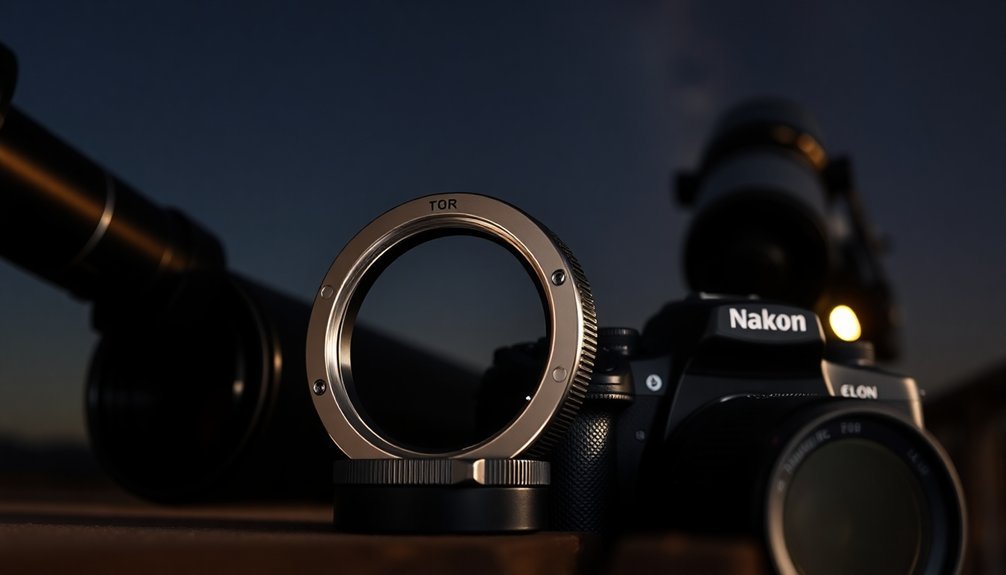
Since investing in quality T-ring adapters provides lasting benefits, you'll appreciate their exceptional value across your astrophotography journey.
These durable accessories offer remarkable flexibility, letting you connect various camera brands to different telescope setups while maintaining precise back focus for sharp images. The standardized metric T-thread dimensions ensure universal compatibility across astronomy equipment.
- You'll save money by using your DSLR or mirrorless camera instead of purchasing specialized astrophotography equipment.
- Your T-ring adapter's versatile threading options guarantee compatibility with multiple camera systems and telescopes.
- You can integrate additional accessories like focal reducers and field flatteners to enhance your imaging capabilities.
- The robust construction assures stability and longevity, eliminating frequent replacement costs.
T-ring adapters' multi-purpose functionality extends beyond astronomy, making them a practical investment for both celestial and terrestrial photography through your telescope.
Essential Features for Beginner Success
You'll appreciate the straightforward plug-and-play design of T-ring adapters, which lets you connect your camera to your telescope without complex adjustments or tools.
For optimal performance, having a Canon-specific T-ring ensures proper compatibility between your camera and telescope setup.
The simple threaded connections make it easy to attach and detach your camera quickly, perfect for nights when you're learning to navigate the setup process.
Your camera mounting options remain flexible, as T-rings accommodate various DSLR and mirrorless models while maintaining secure connections for stable imaging sessions.
Simple Plug-and-Play Design
When starting out in astrophotography, T-ring adapters provide one of the most straightforward ways to connect your camera to a telescope. With standardized T-threads and simple two-piece design, you'll spend less time fiddling with equipment and more time capturing the night sky.
The plug-and-play nature of T-ring systems offers several key advantages:
- You'll only need two basic components – a camera-specific T-ring and a telescope-compatible T-adapter.
- Standardized threading (M42, M48, or M54) guarantees compatibility across different manufacturers.
- Direct connection minimizes the risk of misalignment issues that can affect image quality.
- You can easily swap between different camera bodies using the appropriate T-ring.
This simplified approach makes T-ring adapters an ideal choice for beginners looking to start astrophotography without complicated setup procedures. The straightforward design also allows for quick integration with 1.25-inch filter wheels when building a budget-friendly image train setup.
Versatile Camera Mounting Options
Thanks to their adaptable design, T-ring adapters offer remarkable versatility for both DSLR and mirrorless camera systems across major brands like Canon, Nikon, and Fujifilm. You'll save money by using your existing camera gear while maintaining the flexibility to swap between different models as needed. The simple setup process requires you to detach the camera lens before mounting to achieve optimal results.
| Camera Type | Mounting Option | Key Benefit |
|---|---|---|
| DSLR | Direct to Telescope | Prime Focus Imaging |
| Mirrorless | With Focal Reducer | Enhanced Field of View |
| Both Types | With Field Flattener | Improved Edge Sharpness |
| Any Brand | With T-Adapter | Universal Compatibility |
The system allows you to attach cameras directly to telescopes for prime focus imaging, eliminating the need for traditional lenses. You can also integrate focal reducers and field flatteners to enhance your imaging capabilities while maintaining a budget-friendly setup.
Frequently Asked Questions
Can T-Rings Be Used With Mirrorless Cameras or Only DSLR Cameras?
You can use T-rings with both mirrorless and DSLR cameras. You'll just need to guarantee you're getting a T-ring specifically designed for your camera's mount type, whether it's Canon EF-M, Sony E, or others.
What Maintenance Is Required to Keep T-Ring Adapters in Good Condition?
You'll need to regularly clean the threads, check for loose connections, and store your T-ring adapters in protective cases. Don't forget to inspect for wear and guarantee all fittings remain tight before each use.
Do T-Rings Affect the Quality or Sharpness of Astrophotography Images?
No, your T-rings won't affect image sharpness or quality since they're just simple adapters. The quality of your astrophotography images depends more on your telescope, camera settings, and environmental conditions.
How Do Weather Conditions Impact the Durability of T-Ring Adapters?
Your T-ring adapter's durability can handle most weather conditions, but you'll need to protect it from prolonged moisture and extreme temperatures. Keep it clean and properly stored to prevent corrosion or mechanical issues.
Can T-Rings Be Used With Vintage or Antique Telescopes?
Yes, you can use T-rings with vintage telescopes if you've got the right adapter. You'll need to guarantee the threads match and find appropriate adapters for your specific telescope's mounting system.
In Summary
T-ring adapters are your perfect gateway into astrophotography. You'll save money while getting professional-quality results, and you won't need to replace them as your skills grow. They're compatible with most cameras and telescopes, making your setup process straightforward. Whether you're capturing the moon, planets, or deep-sky objects, t-ring adapters provide the essential connection you need to start your astrophotography journey.
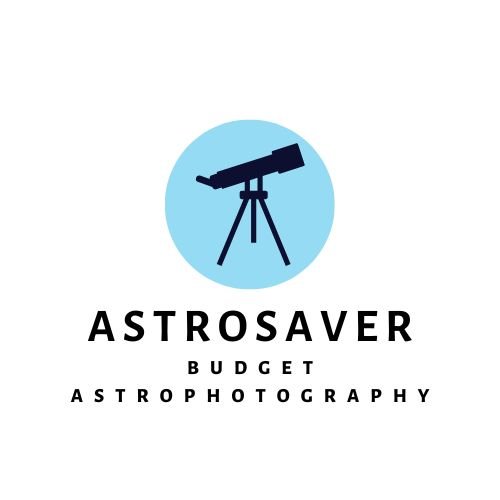

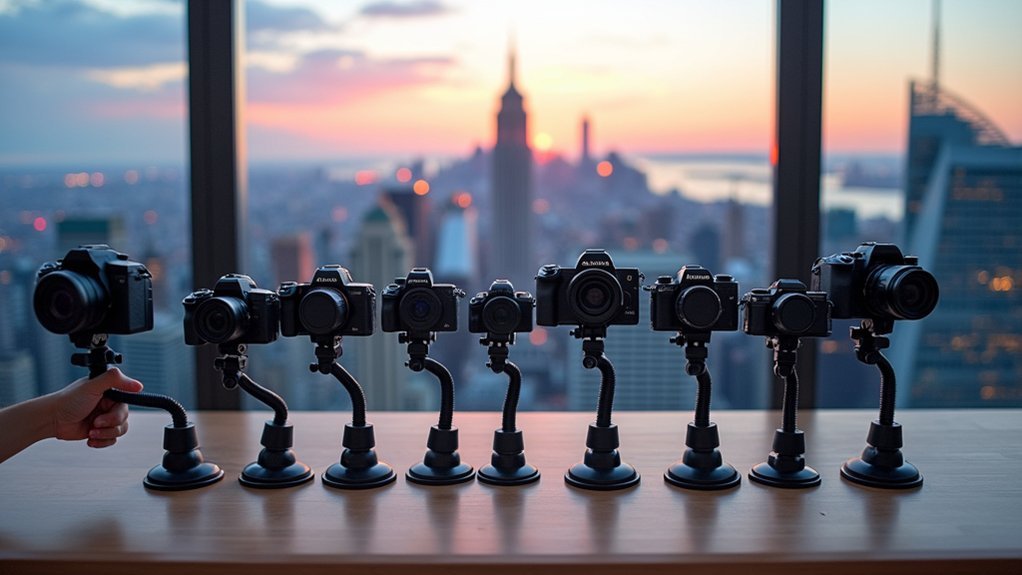

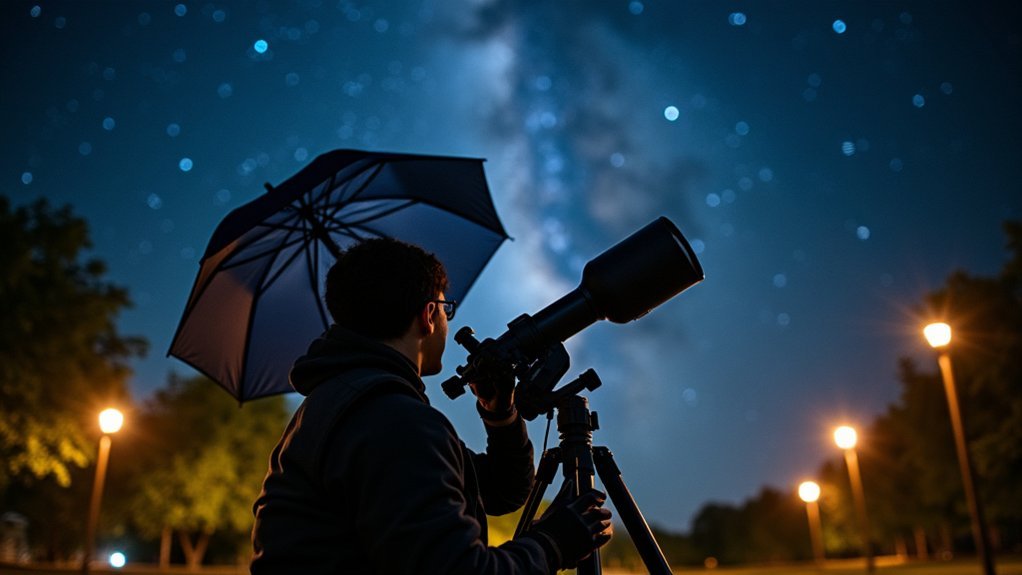
Leave a Reply